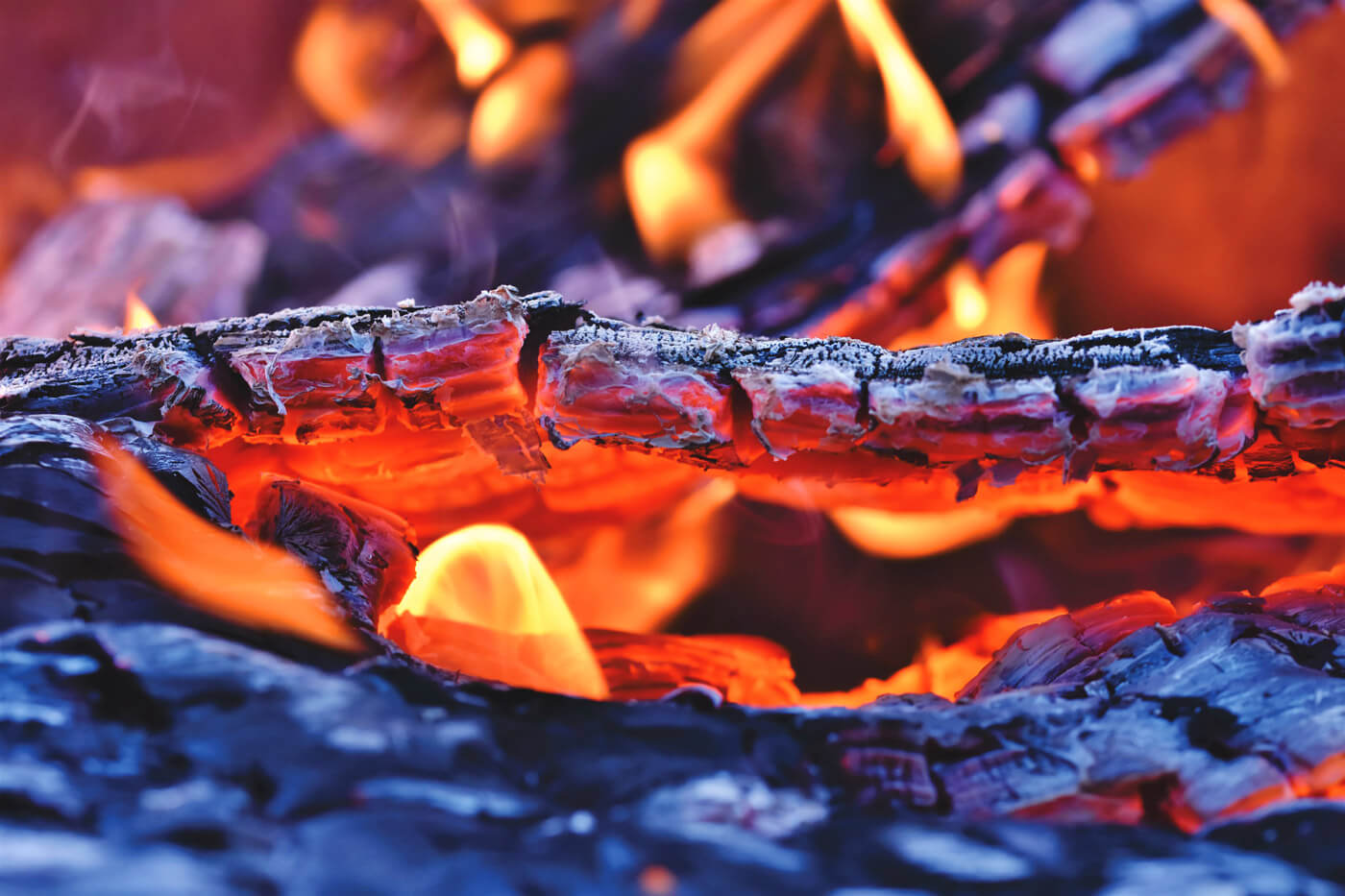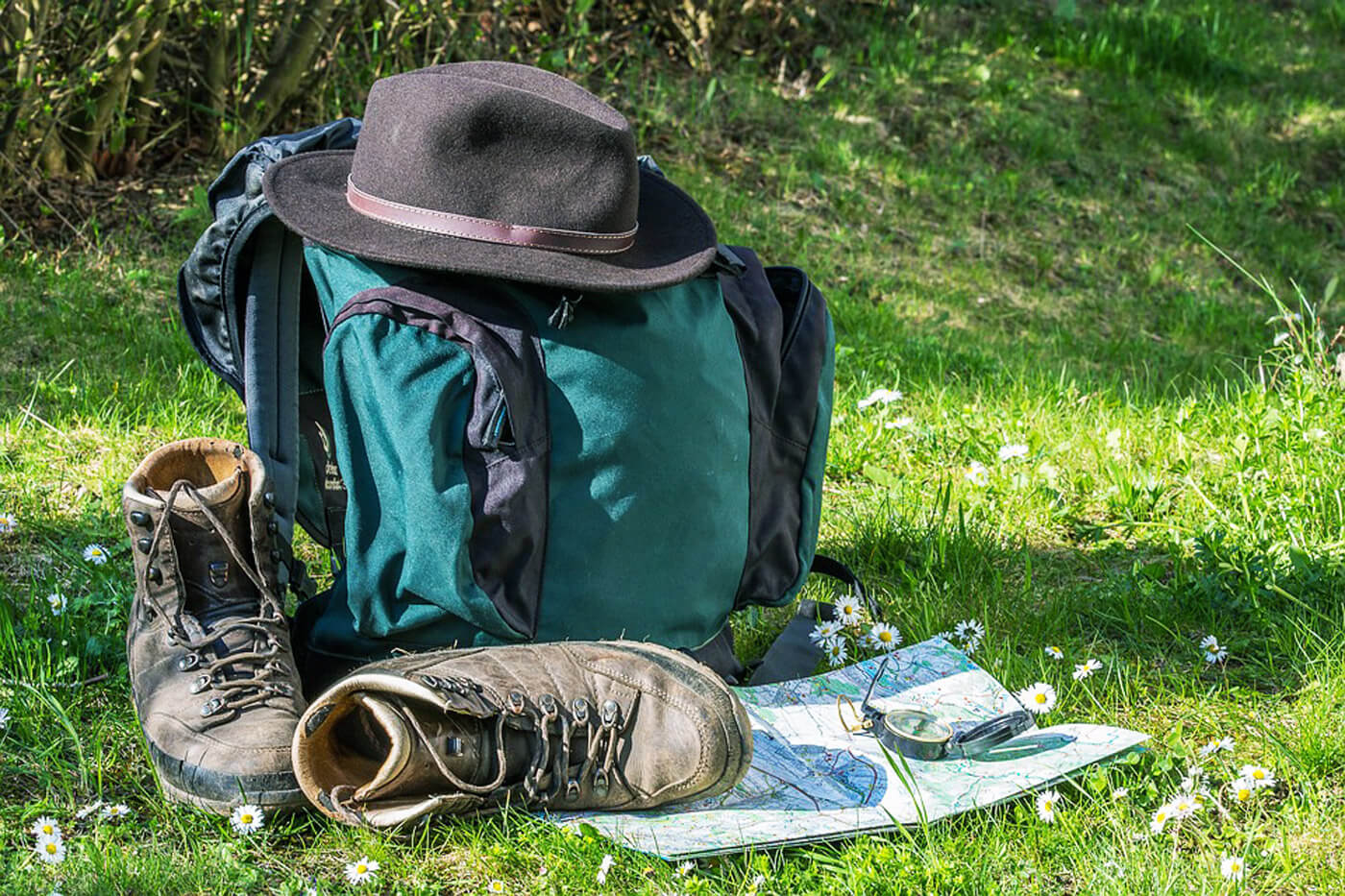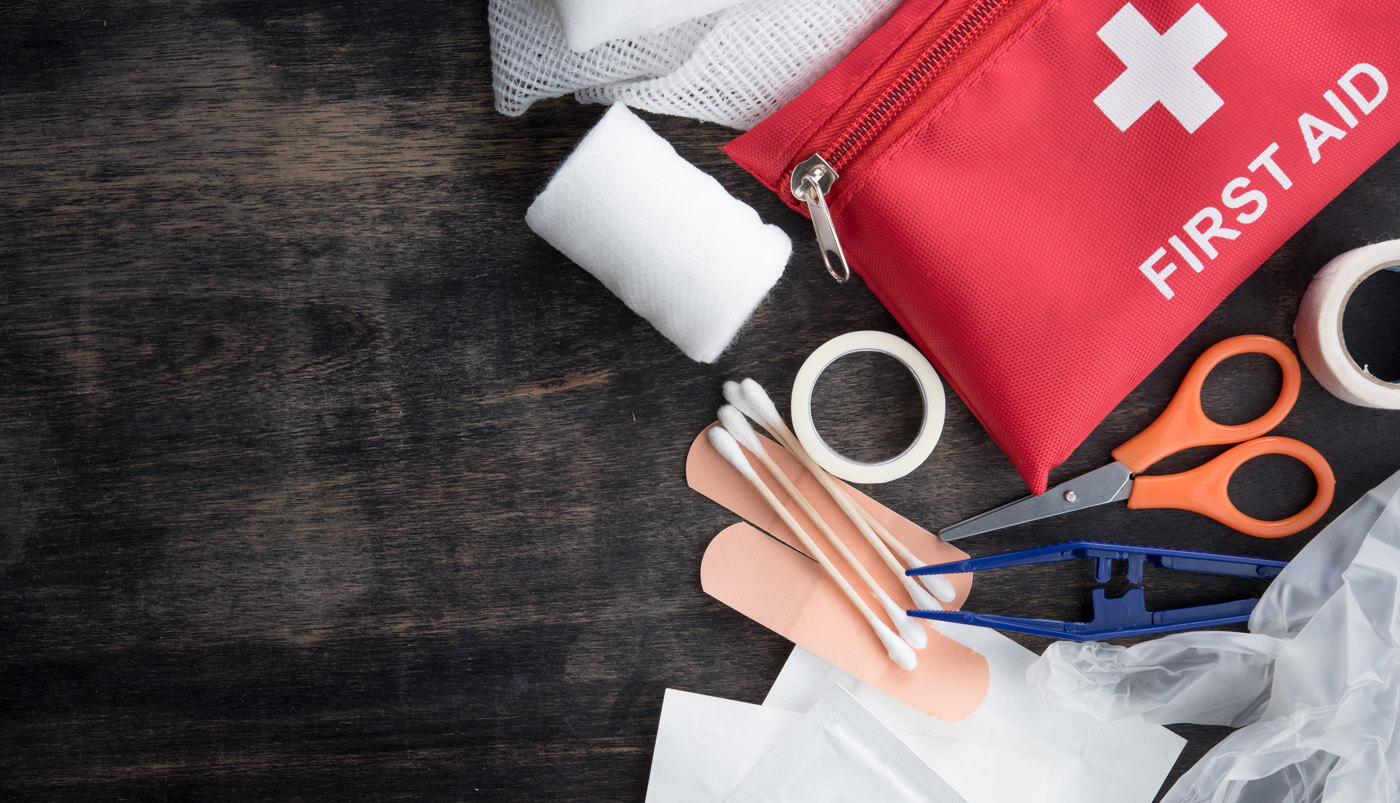Month: October 2025

For decades, the Civilian Marksmanship Program (CMP) has been one of the most effective ways to preserve America’s marksmanship tradition and put iconic surplus rifles, such as the M1 Garand, into the hands of citizens who will cherish them.
CMP proceeds fund youth programs, training, and competitions that ensure the next generation of Americans know how to handle a rifle safely and competently.
Naturally, that makes the CMP a target for the gun-control crowd.
Democrats vs. CMP: The Same Old Playbook
Rep. Mike Rogers (R-AL) recently introduced an NDAA amendment to allow additional surplus weapons from the Navy and Air Force to be transferred to CMP. This would help fund their mission — youth training, competitions, and the restoration of historic firearms.

 Enter Rep. Maxwell Frost (D-FL), who responded with the kind of knee-jerk hysteria we’ve come to expect:
Enter Rep. Maxwell Frost (D-FL), who responded with the kind of knee-jerk hysteria we’ve come to expect:“This amendment would make our country more dangerous… putting more weapons on the streets of this country.”
What Frost either doesn’t know (or doesn’t care to know) is that buying a CMP rifle isn’t like ordering ammo off GunBroker. Buyers must meet strict eligibility requirements, undergo background checks, and follow a process that has been in place for decades.
The South Korean M1 Garands That Never Came Home
This fight over CMP surplus rifles isn’t new. Back in 2010, South Korea attempted to sell hundreds of thousands of aging M1 Garands and M1 Carbines, rifles that the U.S. had sent them during the Cold War, back to the U.S. This would have saved them storage costs and boosted their defense budget.
But the Obama State Department, led by Hillary Clinton, quietly killed the deal. Their excuse? The rifles “could potentially be exploited by individuals seeking firearms for illicit purposes.” No signed policy, no public debate, just a bureaucratic “no.”
Obama doubled down in 2013 with an executive action formally banning the reimportation of these rifles except for museums. Congress tried to override it with the Collectible Firearms Protection Act (thanks to Rep. Cynthia Lummis, R-WY), but the bills never made it to a vote.
Trump Could Fix This — Today
Here’s the key point: this was never a law. It was executive policy. And what one president did with the stroke of a pen, another can undo the same way.
Trump’s first term already saw some progress; CMP received nearly 99,000 M1 Garands from the Philippines and Turkey in 2018. But South Korea’s M1 Garand rifles? Still sitting overseas. South Korean soldiers hone their marksmanship skills with the U.S. M1 Garand rifle. Despite a substantial production run during the 1950s era, most of the M1 rifles used during the war were refurbished weapons of World War II vintage. (U.S. Army photo)
South Korean soldiers hone their marksmanship skills with the U.S. M1 Garand rifle. Despite a substantial production run during the 1950s era, most of the M1 rifles used during the war were refurbished weapons of World War II vintage. (U.S. Army photo)
All it would take is an order from the Oval Office to rescind Obama’s policy and greenlight their return. It’s a move that would:
- Bring a huge number of historic U.S. rifles back to American collectors and shooters.
- Infuriate the gun-control lobby.
- Fire up gun owners ahead of the 2026 midterms.
Gun Groups Need to Step Up
The real question is whether anyone in Trump’s circle is talking to him about this. The administration’s so-called “Second Amendment Task Force” is made up of government insiders — not gun owners.
If gun groups claim to have access to the former president, this is the moment to use it. Call for the reimportation order. Remind him that CMP sales don’t “put guns on the street,” they put them in the hands of law-abiding citizens — the same people who will show up to vote if they know their president is fighting for them.
Bottom Line
M1 Garands are more than collectible rifles — they’re a living link to America’s history. It’s time to bring the rest of them home.
Trump could make that happen in a matter of hours. But he won’t unless we keep the pressure on and make sure this issue breaks out of the gun-rights echo chamber and onto his desk.
Lots of people consider themselves fairly prepared for a natural disaster or other event. They’ve got food stored, a generator, a first aid kit and assorted other things ready to go.
The problem is that preparedness isn’t just about having the best or most gear. It’s a combination of your stuff, your mindset and your skills. Let’s take a look at ten skills you should master to truly be ready.

1. Fire in Wet and Windy Conditions
We all know how to build a fire, but what about when every piece of fuel around you is soaking wet, or the wind is going through your bones? Making a fire in poor conditions requires an understanding of the science and process — and sometimes there are a few tricks you can use, such as using dryer lint, cotton balls soaked in Vaseline, or other tools.
2. Kill and Process a Wild Animal
While the wildlife population won’t last long in a widespread event, you should still have an understanding of how to effectively hunt and process them — without a lot of fancy tools and gear.
Maybe you won’t use every bit of the animal including the hide, but you can still make sure to get and have a use for every bit of the meat. If you do ever decide to start tanning your hides as well, you’ll find all sorts of uses for that, too.

3. Recognize a Threat Early
It’s called situational awareness, and we’ve written about it here before. If you don’t recognize a potential threat before it becomes an actual one, then you run the risk of being caught unaware. Learn what the OODA loop is if you don’t already know, and develop that situational awareness. Learning how to fade into your surroundings can also buy you time and allow you to see the threat before it sees you.
4. Keep Your Emotions Under Control
We all know that emotions can cloud our judgment and keep us from making good decisions, but that can be easier said than done — especially in the heat of the moment. Mastering your emotions isn’t a short or even easy task, but it’s one worth practicing. There are several ways to get started with that; meditation, coping mechanisms and simple practice can all be effective. What works for someone else might not work for you, so take the time to try out a few different tactics and see what helps you.

5. Find Your Way Around
If you’re someone who needs to put every destination into your smartphone’s GPS, you’re at a disadvantage. Find an orienteering class and learn how to get where you’re going — or out of a bad situation — without using fancy tools. You should be able to get from point A to point B even if you left your phone at home. That might mean taking some drives to familiarize yourself better with your local area, or sitting down with a road atlas and Google Earth.
6. Effectively Conceal a Firearm
Arguments about open carry vs. concealed carry aside, you need to know how to have a firearm on your body without advertising. There are all kinds of resources out there to help you carry concealed more effectively. Whether it means finding the right holster, changing up your wardrobe a bit, or even changing the firearm you’re carrying every day, you’ll need to find the right combination for yourself that allows you to carry, consistently, while remaining concealed.
7. Improvise
You don’t need to be MacGyver, but you need to know how to make do in a given situation with what you have. Things like zip ties, wire and duct tape are probably pretty familiar to you, but can you make a pair of shoes if you have to, or repair the boots you’re wearing? Improvise a repair on your vehicle? Being able to fix things isn’t just a skill, it’s a necessity.
8. Ability to Deliver Lifesaving First Aid Under Stress
You don’t rise to the occasion. Instead, you fall to your training. So get training and stay current. Here are a few recommendation:
- Take CPR/AED and bleeding-control classes: CPR classes are available in almost every populated area of the United States and are worth every penny. Many are cheap and some are free.
Also consider Stop the Bleed classes. This training is highly recommended as it addresses the #1 cause of preventable death after injury.
- Bleeding control: If trained, high-quality tourniquet high and tight, then pressure dressing; pack wounds with hemostatic gauze
- Airway/breathing: Follow the ABCs: Airway, Breathing and Circulation. Use recovery position for the unconscious breathing patient.
- Build a minimalist trauma kit you know how to use: tourniquet, pressure bandage, hemostatic gauze, chest seals, nitrile gloves, marker, trauma shears, CPR breathing shield.
Training Tip: Once trained with a toruniquet, run quarterly drills to stay proficient with applying a TQ on yourself and another.

9. Triage and Treat (or know when not to)
Triage is one of the most important medical skills you can have. Understanding how to prioritize multiple victims or injuries, what constitutes a life-threatening problem, and being able to assess whether you have the supplies and ability to treat it is critical.
There may come a day when you’re faced with something you can’t treat or help — and you’ll need to be able to recognize that before you spend what resources you have.
10. How to Make Potable Water
Water is everywhere but that doesn’t mean you can drink it wherever you find it. There are several ways you can make water safe to drink; you should know as many as possible. You do not need to carry every method of water purification possible, but the more skills related to making water safe, the greater chance you’ll be able to use water that you find when it’s scarce.
Three parts to water safety: assess, treat, and ration.
- Target: at least 1 gallon per person per day for 3–7 days; 2+ gallons/day is better in heat.
- Assessment: clear vs. cloudy; surface source vs. municipal. Pre-filter cloudy water (with a clean cloth, coffee filters or even paper towels) before any treatment.
- Boil: rolling boil for 1 minute (3 minutes at high elevation). Let cool covered.
- Bleach (only use unscented household): Check label and ensure that the bleach has sodium hypochlorite as the active ingredient. Currently, the CDC recommends the following for concentrations between 5-9%:
1 quart or liter of water: 2 drops of bleach (if you have a dropper). The amount is too small for a measuring spoon.
1 gallon of water: 8 drops of bleach or a little less than 1/8 teaspoon
5 gallons of water: 40 drops of bleach or 1/2 teaspoon
Stir, wait 30 minutes; a slight chlorine smell is normal. Double the dose for cloudy water. If in doubt, boil instead.
- Commerically available filters: understand your filter’s flow rate, pore size, and how to backflush. Pair filters with chemical or UV when biologically risky sources are your only option.
- Storage: rotate sealed water every 6–12 months; label fill dates. Keep small bottles for grab-and-go and larger containers for shelter-in-place.
Survival Planning Tip: Create a simple reference card with boil times and bleach dosages and tape it inside a cabinet.
11. Fade into the Crowd
People often like to be noticed. If they didn’t, there wouldn’t be such a huge market for T-shirts with various sayings on them. Sometimes, however, not being noticed is the best possible action. Learn how to fade, to be the proverbial gray man. We mentioned this earlier, but you should understand the area you’re in and learn to blend. If you’re going to a part of town known for vegan cafes and yoga, you’re probably not going to fade into the background wearing your Molon Labe shirt and open carrying a 1911. Know your audience and know your surroundings.
Gear is great — but without the skills to use that gear, you can still fail. Take the time to learn skills across a wide variety of disciplines. You never know when you’ll need them.

More than three decades ago, a Republican president with a “no new gun laws” campaign promise pulled the rug out from under America’s gun owners. In 1989, President George H.W. Bush banned the importation of 43 models of semi-automatic rifles — rifles the media loves to call “assault weapons” — with the stroke of a pen.
Chinese AKs. Israeli Uzi carbines. FN FALs. HK 91s and 93s. All blocked at the border because ATF decided they didn’t meet the Gun Control Act’s arbitrary “sporting purposes” test.
And here’s the kicker: that ban has never been repealed.
Why This Matters Today
The 1989 import ban wasn’t passed by Congress. It was an executive decision — meaning the sitting president could reverse it tomorrow without a single vote on Capitol Hill.
Firearms News Editor-in-Chief Vincent DeNiro put it plainly:
“President Trump doesn’t even need Congress to get rid of the unconstitutional 1989 ‘assault weapons’ import ban. He just needs to order BATFE to declare all imported semi-auto rifles as ‘sporting,’ which is what these same models are considered when domestically produced.”
That’s right — the same rifles that can be built and sold here in the U.S. are still banned from import simply because of where they’re made.
The History Behind the “Sporting Purposes” Test
The Gun Control Act of 1968 gave the federal government the power to block imports of firearms that weren’t deemed “sporting.” That language was a gift to the gun-control lobby, and Bush Sr.’s 1989 order weaponized it.
Richard Stevens, author and attorney for Jews for the Preservation of Firearms Ownership, pointed out decades ago that this exact strategy was used by the Nazis in 1938 — banning non-approved imports under the guise of “sporting use.”
Let’s be clear: the Second Amendment is not about trap shooting or deer season. As Tench Coxe, a delegate to the Continental Congress
Executive Action Could End It Tomorrow
What can be done by executive action can be undone by executive action. There’s no excuse for letting this stand — especially from a president who campaigned as a friend of the Second Amendment.
Ending the import ban would:
- Restore access to historically significant and affordable rifles for collectors and shooters.
- Force the gun-control crowd to lose their minds on live TV.
- Fire up gun owners ahead of 2026 midterms and crucial state elections like Virginia’s governor’s race.
Where Are the “Gun Rights” Groups?
If this is such an easy win, why hasn’t it been done? The bigger question: why aren’t the big-name membership gun groups hammering this issue daily?
They know the ban still exists. They know it could be lifted tomorrow. They claim to have the ear of the president — so why haven’t they made this a priority?
This is also why DOJ’s so-called Second Amendment Task Force needs actual gun owner representation, not just career bureaucrats. Gun owners deserve a seat at the table to influence priorities and hold leaders accountable.
The Bottom Line
“Stroke of the pen, law of the land,” Clinton aide Paul Begala once said about executive orders. Well, Mr. Trump — this is one stroke of the pen gun owners would actually cheer for.
Reclassify these rifles as “sporting.” End the 1989 ban. Stop the absurd 922r parts-count game. Let Americans import the rifles they have every right to own.
It’s lawful, it’s easy, and it would be very cool.
* Things in the Sea with razor sharp teeth & really bad attitudes plus I can’t have my M16 with me!
Have a Great October !!!! NSFW
